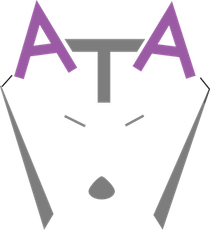Different than putting expenses into categories, class-tracking is performed by tagging your financial data (best done utilizing an accounting software like Quickbooks) with specific information that helps you understand where it comes from and what it applies to. In doing so, you get a valuable set of detailed lenses into your business that help you to understand your revenues, costs, and overall performance at a detailed level. This provides strategic insight into your historical performance, which puts you in a proactive position to plan and strategize for the future.
You can think of class-tracking as a fancy accounting term for “ strategically labeling your information.”
Examples of Class Tracking and the Advantages They Provide
- Location – Tracking revenue and expenses by location or business unit helps to understand the financial health of the individual locations that make up your overall business.
- A sporting good business with 20 stores in 5 different states tracks their sales individually by store, and also by tracking the total sales made at their stores by state to gain information about how they perform in different regions.
- Products and Services – In any case where there are multiple products or services being sold, it makes sense to label the financial data with this information. Doing so provides critical insight into where your strengths and weaknesses are in the items that drive your revenue.
- A restaurant utilizes a point-of-sale (POS) system that allows for employees to register the individual items sold in each transaction
- A cleaning company offers three different levels of service based on cleaning actions performed. They track the sales of each service type individually to understand which one customers are finding the most value in, allowing them to focus on that service type.
- Departments – Many businesses are made up of and run by different departments (Operations, Finance, HR, Marketing, etc.) that help to support key functions. These departments spend money in different ways and for different reasons, and keeping each department’s expenses separated provides the ability to analyze spending and determine how to better allocate resources across the business.
- A mid-sized tech company spends significant money to support sales, including the marketing of the products being sold. Tracking the expenses utilized to market each particular product and comparing to sales performance of that product gives advanced insight into the return on the marketing dollars being spent.
ATA Context – The Meat on the Bone
Class tracking is extremely useful and is intended to be highly customizable. Each venture has its own unique operational mechanics that dictate the way things should be tracked and analyzed to provide the useful insight needed to decision-makers.
Pairing your unique understanding of your venture’s operations with a customized class-tracking system to detail the individual components of performance allows for true understanding and proactive planning, keeping you nimble and flexible in your decision-making process.


